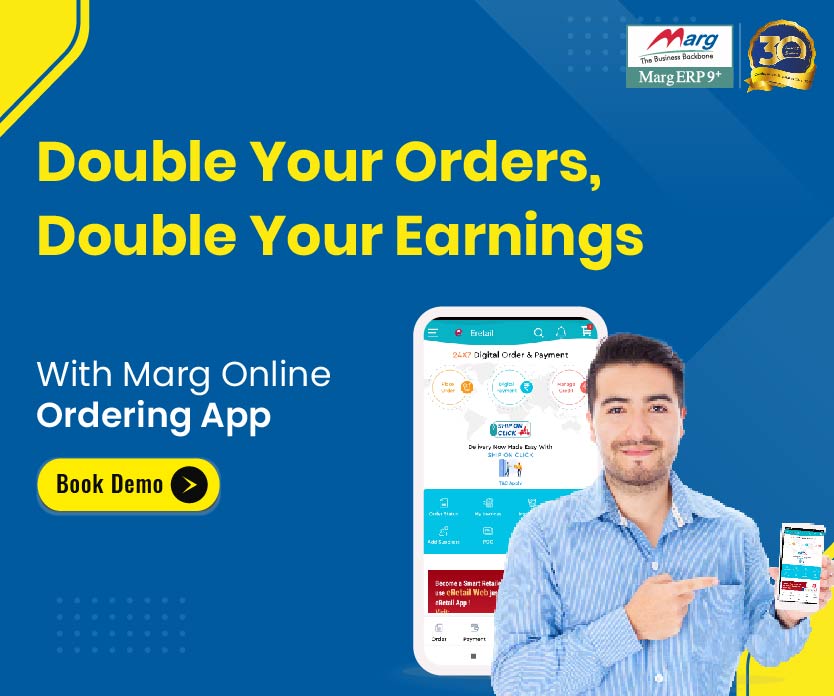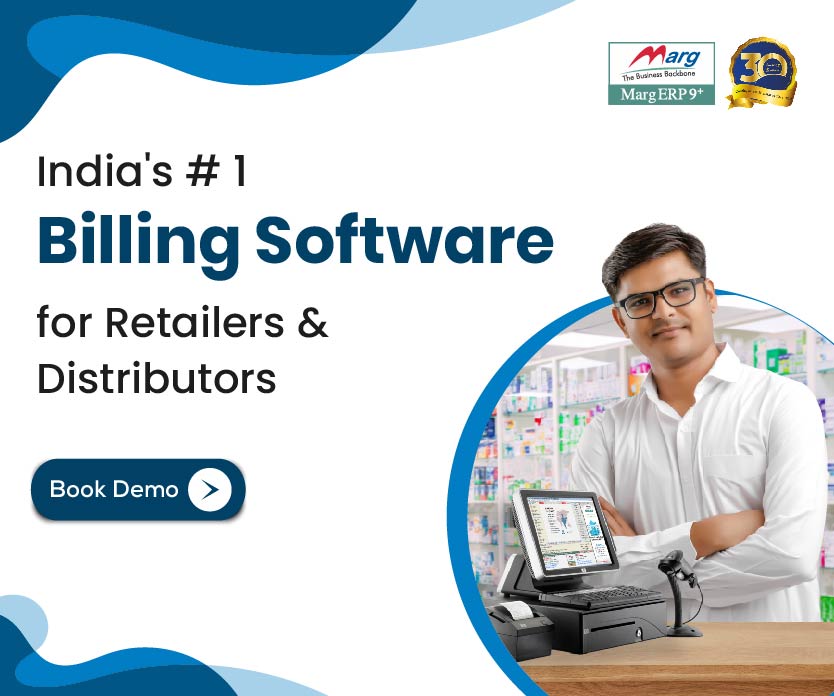Contet of GST in India:
What is Goods and Services Tax in India?
Goods and Service Tax (GST) is an Indirect Tax. Since its effect, it has replaced multiple indirect taxes in India. It is an all-inclusive, multi-level, destination-based tax that the government imposes on the supply of goods and services.
- GST is a multi-stage (multi-level) tax: Right from the manufacturer to the final sale of the product to a customer, an item goes through multiple hands. GST is levied on each of the stages; thus, making it a multi-stage tax.
- GST is a destination-based tax: Since GST is levied at each point of consumption, the entire tax revenue will go to the manufacturers and not anyone else. For instance, goods are manufactured in Kerala and sold in West Bengal. So, the tax revenue will go to Kerala and not West Bengal.
- GST is a value-added tax: Monetary value is added at every stage, from manufacturing to packaging to selling the product to end customers. GST is levied on every value addition in the process; thus, increasing the final cost of the product.
When GST Journey started in India?
In 2000, a committee was formed to draft the law regarding GST. From then to 2017, it took 17 years for the law to come into effect.
The GST Act was passed in the Parliament on “29th March 2017 ” and came into effect on “1st July 2017″.
What were the tax laws in India before GST came into effect?
Earlier to GST, there were many indirect taxes imposed on the supply of goods and services by the Central and State Government of India. This included:
- Value Added Tax (VAT): This tax was levied on goods or services sold within the state. Every state had its own rules and regulations for collecting VAT.
- Central State Tax (CST): This tax was imposed when goods and services were sold from one state to another state.
Besides the above-mentioned indirect taxes, there were others, such as Local tax, OctroI tax, Luxury tax, Entry tax, Entertainment tax, Excise Duty, Additional duties of Customs & Excise, and taxes on advertisements, lotteries, betting, and gambling.
All these taxes are now replaced by IGST, CGST, and SGST. However, there are some non-GST goods (petroleum crude, high-speed diesel, natural gas, motor spirit, aviation turbine fuel, and alcoholic liquor for human consumption) for which the utilization of Form-C still prevails, with regard to its use in resale, manufacturing/processing, telecommunication network, mining, or generation/distribution of electricity.
Overview of IGST, CGST, and SGST
Under the GST regime, three taxes are applicable – CGST, SGST, and IGST.
- Central Goods and Service Tax (CGST): It refers to the tax levied by the Central Government of India for any transaction of goods or services within the state, i.e., on an intra-state sale.
- State Goods and Service Tax (SGST): It is the tax levied by the State Government of India for any transaction of goods or services within the state, i.e., on an intra-state sale.
- Integrated Goods and Service Tax (IGST): The Central Government of India collects this tax when a product or service is moved from one state to another, i.e., for an inter-state sale.
What are the benefits of the new Indian GST system?
- The GST system abolished the cascading effect of taxes (i.e., paying tax on tax) that prevailed earlier. This system calculates the tax on the value added at each level of transfer of ownership.
- GST is now technologically driven, i.e., most of the activities are done online on the GST Portal.
- It increased the exemption limit for small traders and service providers.
- With an introduction to the Composition Scheme, small businesses have benefited from reduced taxes and tax compliances.
- As the number of tax returns to be filed under GST has decreased, tax compliances have reduced.
- The new GST system has regulated the unorganized businesses








































